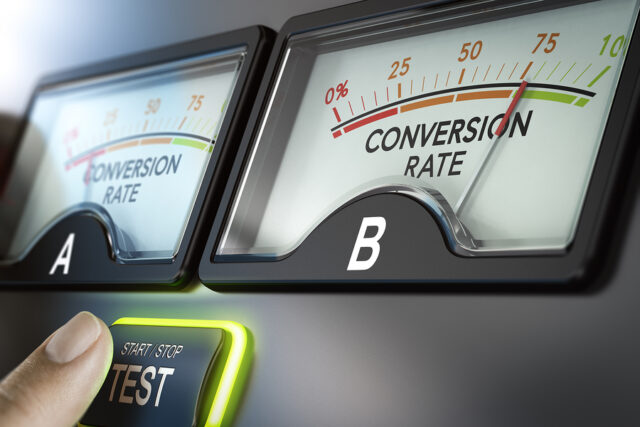In the fast-paced world of digital marketing, making informed decisions can significantly impact your campaign’s success. One of the most effective methods for optimizing your marketing strategies is split testing, also known as A/B testing. This approach allows marketers to compare two versions of a campaign element to determine which one performs better. In this blog, we’ll explore how to effectively use split testing for your digital marketing campaigns to drive better results.

Table of Contents
ToggleWhat is Split Testing?
Split testing involves creating two versions of a particular marketing asset—such as a webpage, email, or advertisement—and then measuring their performance against each other. By directing traffic to both versions and analyzing key performance indicators (KPIs), marketers can identify which variant yields better results. The insights gained from split testing can guide future marketing strategies and help maximize ROI.
Why Use Split Testing?
- Data-Driven Decisions: Split testing allows marketers to make informed decisions based on actual performance data rather than assumptions or guesswork.
- Improved Conversion Rates: By identifying what resonates with your audience, you can optimize your campaigns to increase conversions, whether that means more sign-ups, purchases, or downloads.
- Cost-Effective Optimization: Split testing enables you to identify the most effective strategies without investing heavily in untested ideas, saving both time and resources.
How to Conduct Split Testing
1. Define Your Objective
Before starting a split test, clearly define what you want to achieve. Common objectives include increasing click-through rates (CTR), boosting conversion rates, or enhancing engagement levels. Your goal will shape the testing process and the metrics you analyze.
2. Choose the Element to Test
Identify which element of your digital marketing campaign you want to test. This could include:
- Headlines: Experiment with different headlines to see which one captures more attention.
- Call-to-Action (CTA) Buttons: Test various phrases, colors, or placements for your CTAs to determine which yields the highest clicks.
- Email Subject Lines: Different subject lines can significantly affect open rates. Try various styles to find the most effective one.
- Landing Pages: Create two versions of a landing page to see which design, content, or layout converts better.
- Ad Creatives: Test different images, copy, or formats in your ads to find out what resonates most with your audience.
3. Create Variations
Once you’ve decided what to test, create two versions: the control (A) and the variant (B). Ensure that the variations are distinct enough to yield meaningful results but similar enough that any differences in performance can be attributed to the specific change made.
4. Segment Your Audience
Divide your audience randomly to eliminate bias. You can use tools like Google Optimize, Optimizely, or HubSpot to help manage and segment your traffic. Each segment should receive one of the two variations to ensure that the results are statistically valid.
5. Determine Sample Size and Duration
Before launching your split test, calculate the necessary sample size to achieve statistically significant results. A larger sample size will provide more reliable insights. Additionally, set a testing duration that allows for sufficient data collection, typically ranging from one week to a month, depending on your traffic levels.
6. Analyze Results
Once your split test concludes, analyze the performance of both versions against your defined objectives. Look at relevant metrics, such as conversion rates, CTR, bounce rates, and engagement levels. Use statistical analysis to determine if the differences in performance are significant.
7. Implement Findings
Based on the results of your split test, implement the winning version in your campaigns. Use the insights gained to refine your overall marketing strategy. Remember that the testing process should be ongoing—continually test and optimize different elements to enhance performance further.
8. Document Your Tests
Maintain a record of your split tests, including objectives, variations, results, and learnings. This documentation can serve as a valuable resource for future campaigns, helping you understand what works best for your audience over time.
Best Practices for Split Testing
- Test One Variable at a Time: To accurately attribute performance changes, focus on testing one element at a time.
- Stay Consistent: Ensure that other factors, such as traffic sources and timing, remain constant throughout the test.
- Be Patient: Allow sufficient time for your test to gather enough data before drawing conclusions.
- Iterate and Learn: Use each test as a learning opportunity, continuously refining your strategies based on insights gained.
Conclusion
Split testing is a powerful method for optimizing digital marketing campaigns, providing invaluable insights into audience preferences and behaviors. By employing a systematic approach to testing and analysis, marketers can make data-driven decisions that enhance engagement, conversion rates, and overall campaign performance. As you implement split testing in your digital marketing efforts, remember that continuous experimentation is key to staying ahead in the competitive online landscape. Embrace the power of split testing and unlock the potential for greater marketing success!


No responses yet